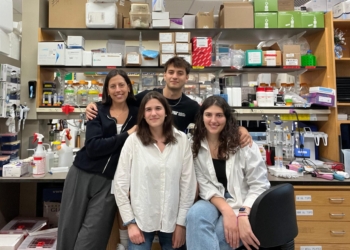The advent of immunochemotherapy has significantly improved the survival rates of non-Hodgkin B-cell lymphoma patients, yet refractory disease and relapses persist, often resulting in poor prognoses. Developing a lymphoma model that can predict sensitivity to targeted therapies in human patients would be a valuable tool for personalized treatment decisions. However, modelling lymphoma ex vivo presents significant challenges, primarily due their inherent heterogeneous cellular composition.
.
In this manuscript, Santamaria-Martínez et al. generated an ex vivo culture system of lymphoma explants. First, they demonstrated using molecular, cytological, and high-plex spatial proteomic analyses that this ex vivo culture system can maintain the tissue architecture and cellular complexity of the original tumours. Next, the authors tested the response to therapies on 27 human primary tissue biopsies obtained from multiple lymphoma subtypes with a panel of drugs that included targeted therapies and immune modulators used in the clinic to treat lymphomas. Interestingly, using this approach not only is it possible to study the effects of anti-cancer therapies on the lymphoma cells, but also the contribution of the tumour microenvironment. Overall, lymphomoids can represent a valuable tool to predict drug sensitivity ex vivo. Such a system could potentially spare patients from unnecessary treatment toxicities and side-effects, and guide treatment choices in a personalized manner.
 Summary of the findings
Summary of the findings









